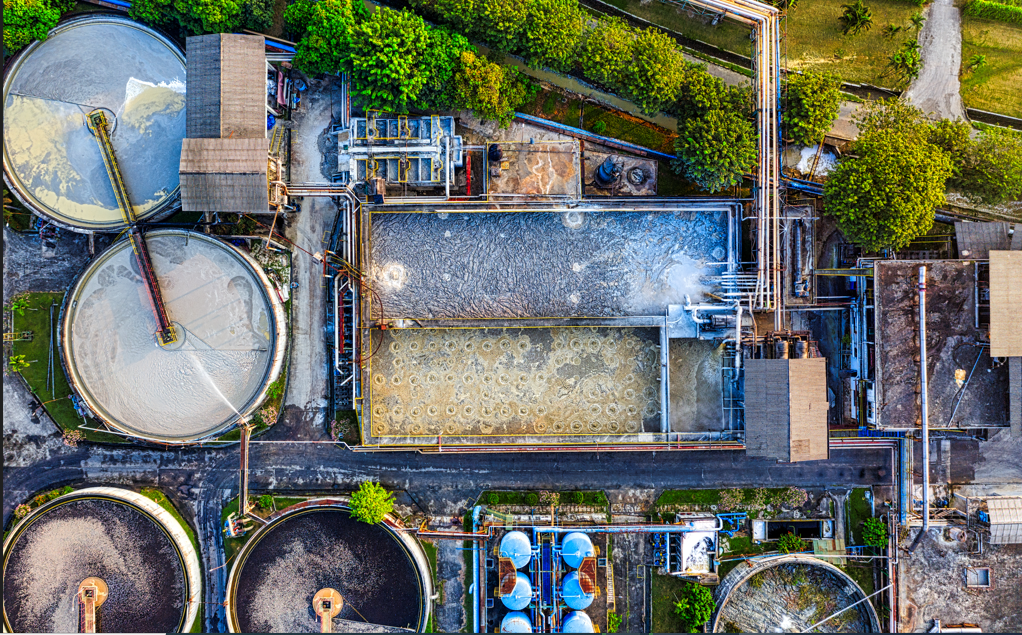Rebuilding Lives: Hope for Veterans Affected by Camp Lejeune’s Toxic Water
A hidden battle is being fought in the heart of the nation’s military. It’s a story that matters, one that touches the lives of veterans who served at Camp Lejeune, a U.S. Marine Corps base. The problem was toxic water. For decades, they unknowingly drank and used water contaminated with dangerous chemicals, leading to a health crisis.
What if you drank this water? The soil you walked upon held secrets that threatened your health and well-being. It is the harsh reality faced by those affected by the toxic water at Camp Lejeune.
This article will shed light on the struggles these brave men and women face. It’s a tale of resilience and determination, a story that demands your attention.
Camp Lejeune Contamination: A Recap
Camp Lejeune, a prominent U.S. Marine Corps base in North Carolina, holds a dark secret that has left a lasting impact on the lives of veterans and their families. For decades, between the 1950s and 1980s, the water supply at Camp Lejeune was contaminated with a cocktail of toxic chemicals.
It included volatile organic compounds like trichloroethylene (TCE) and perchloroethylene (PCE). These harmful substances seeped into the drinking water, exposing thousands of Marines and their families to serious health risks.
The consequences of this contamination have been severe. Many who served at the camp have since developed a range of health conditions. These include various forms of cancer, neurological disorders, and reproductive problems. Families residing on the base were also unknowingly exposed to these toxins, leading to devastating health challenges for children born during that time.
Healthcare and Support
Veterans and their families facing health issues linked to the contamination can now access specialized medical care through the Department of Veterans Affairs (VA). It includes screenings, diagnoses, and treatment for conditions associated with exposure to toxic chemicals.
Furthermore, the Camp Lejeune Family Member Program provides medical care for family members who lived on the base during the contamination period. This program provides vital support to those who may have suffered health consequences from toxic exposure.
However, when dealing with the effects of Lejeune’s water pollution problem, Congress has played a crucial role. According to LegalScoops, they have concentrated on focusing on the Camp Lejeune Justice Act. It’s an important element of the law created to provide justice for people harmed by polluted water.
In just one month after the legislation’s implementation, an estimated 5,000 claims had been made. The increase in instances is a stark reminder of how serious the problem is and how quickly a solution is required. The hazardous water situation at Camp Lejeune is becoming more widely known as people come out with their complaints. It calls for further research and cries for responsibility.
Legal Actions and Accountability
Veterans and their families have not been left to fight this battle alone. Over the years, there have been significant legal developments. It includes class-action lawsuits and settlements aimed at providing compensation for those affected.
One critical aspect is the Camp Lejeune water contamination settlement amounts, which vary based on certain factors. These include the extent of exposure and the severity of health conditions. These settlements aim to provide financial relief to veterans and families who have endured the physical and emotional toll of the contamination. They acknowledge the responsibility of the government and entities involved in the contamination.
Given the seriousness of the complaint, the settlement amounts might range from ten thousand to fifty thousand dollars, according to TorHoerman Law. These settlements would additionally include the costs of incurred losses, such as medical expenses, lost wages, suffering and pain, psychological damage, and other costs.
Individual payouts for exposure to water pollution at Camp Lejeune might be sizable. It, however, depends on the nature of the ailments sustained, the diagnosed diseases, and the available evidence.
Moreover, legal actions have shed light on the need for accountability. They have prompted changes in regulations and protocols to ensure such incidents do not happen again. Holding those responsible accountable has been a key driver in seeking justice for those affected.
Medical Advances and Research
The medical community has made significant strides in understanding the health consequences of exposure to toxic chemicals. It is constantly working to develop better treatments and therapies. One important aspect is the development of specialized medical care tailored to the unique needs of veterans affected by Camp Lejeune’s contamination.
Researchers and healthcare specialists have been studying the health conditions linked to toxic exposure, such as cancer, neurological disorders, and reproductive issues. This research has improved diagnostic tools and treatment options, offering veterans a better chance at managing their health.
Moreover, recently, essential data was discovered by Jama Neurology after the trichloroethylene (TCE) contaminants were tested at the camp. Those who were frequently exposed to the toxic chemical face a higher chance of developing Parkinson’s disease, according to a recent study of U.S. military members.
Additionally, statistical analysis revealed that among vets who spent time on the polluted base, the risk was dramatically raised by almost 70%.
Moreover, ongoing studies continue to uncover the long-term effects of exposure. It helps veterans and their healthcare providers better anticipate and address potential health concerns.
Empowering the Veteran Community
Veterans and their families have come together not only to support each other but also to raise awareness about the challenges they face. Their collective voices have been instrumental in prompting action from government agencies and organizations.
Additionally, the veteran community has established support networks and organizations specifically dedicated to the needs of those affected. These groups offer a sense of belonging and a safe space to share experiences. It also offers practical guidance on navigating the complex processes involved in accessing healthcare and compensation.
Advocacy for Change
The advocacy efforts have extended to various fronts. Firstly, they have raised awareness among the general public about the long-standing contamination issue at Camp Lejeune. Through their stories and experiences, they’ve garnered support from citizens and lawmakers alike, creating a groundswell of concern and demand for action.
However, despite the efforts made to pursue justice, there is a problem with the slow pace of the process. According to Port City Daily, this concern was sent via letter to the senator. Numerous constituents have reached out to them, expressing worries about the delays and requesting transparency throughout the process.
Since the law’s passage, thousands of claims have already been made, but the Navy has done nothing to address even one of them.
Therefore, the advocacy for change has been the catalyst for progress and hope and is essential. With the help of government agencies, they aid in pushing for transparency, accountability, and timely assistance.
Hope Flourishes in the Darkest Challenges
Veterans and their families, burdened by the consequences of exposure, have fought for justice, healthcare, and support. Through advocacy, they’ve raised awareness, changed laws, and inspired a healing community. Medical advances offer brighter prospects, and research continues to uncover the truth. Empowered by unity, these heroes have shown that they can rebuild their lives even in the face of adversity.







